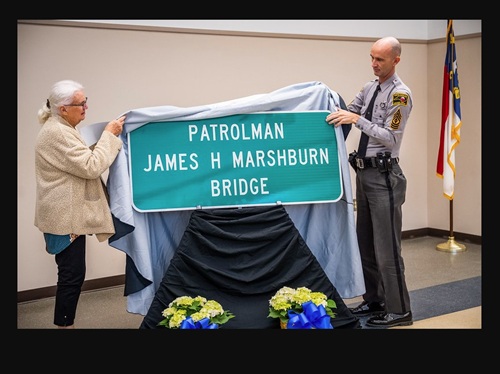The North Dakota Department of Transportation unveiled an ambitious five-year “Vision Zero Plan” that is viewed as a starting point for eliminating both fatalities and injuries due to motor vehicle crashes on the state’s highways.
“There were 116 motor vehicle crash fatalities in North Dakota in 2017 [and] an interim goal identified in North Dakota’s Vision Zero Plan is to reduce annual motor vehicle crash fatalities to fewer than 75 by 2025,” Ashlee Doan, a public information officer for North Dakota DOT’s safety division, explained to the AASHTO Journal in an email. “But, ultimately, we want to achieve zero motor vehicle crash fatalities and serious injuries through Vision Zero at some point in the future.”

To reach that short-term goal, motor vehicle fatality trends would have to decrease approximately 4.6 percent a year, according to North Dakota DOT, which can be accomplished through “new and proven strategies” as well as each driver taking personal responsibility on North Dakota roadways.
“Motor vehicle drivers and passengers can help us meet the Vision Zero goal of zero motor vehicle fatalities and serious injuries on North Dakota roads by taking personal responsibility when traveling,” Doan emphasized. “This means always wearing a seat belt, transporting children in child passenger safety seats appropriate for the child’s age, height and weight, driving distraction free, driving sober (i.e. not under the influence of alcohol/drugs), and obeying all posted speed limits and all other traffic laws.”

She added that North Dakota DOT developed its 150-page Vision Zero Plan over nine months in concert with other state agencies and more than 200 traffic safety partners representing state, local, and tribal governments, plus private organizations.
“The Vision Zero Plan identifies ‘E’ partners and strategies to reduce motor vehicle fatalities and injuries in the state,” Doan pointed out. “The ‘Es’ stand for education, environment, enforcement, engineering, and emergency medical services. The strategies include: widespread public education/outreach, working with the legislature to ensure state laws represent best practices in traffic safety, implementing workplace policies that support driver and passenger safety, high visibility enforcement of existing laws, technology advancements that make vehicles, roads and drivers safer, and infrastructure/road safety improvements.”
The detailed plan uses data to identify areas of improvement through education, roadway safety enhancements and policy decisions, added Tom Sorel, the agency’s director, in a statement.
“Enhancing safety through education, enforcement, engineering and emergency medical services is critical to the health and well-being of the citizens of North Dakota and to others who travel on North Dakota roads,” he said. “Zero fatalities is not impossible, but it will take all of us to get there.”
 States
States
NCDOT Project Aims to Honor Fallen State Troopers
September 12, 2025 States
States

